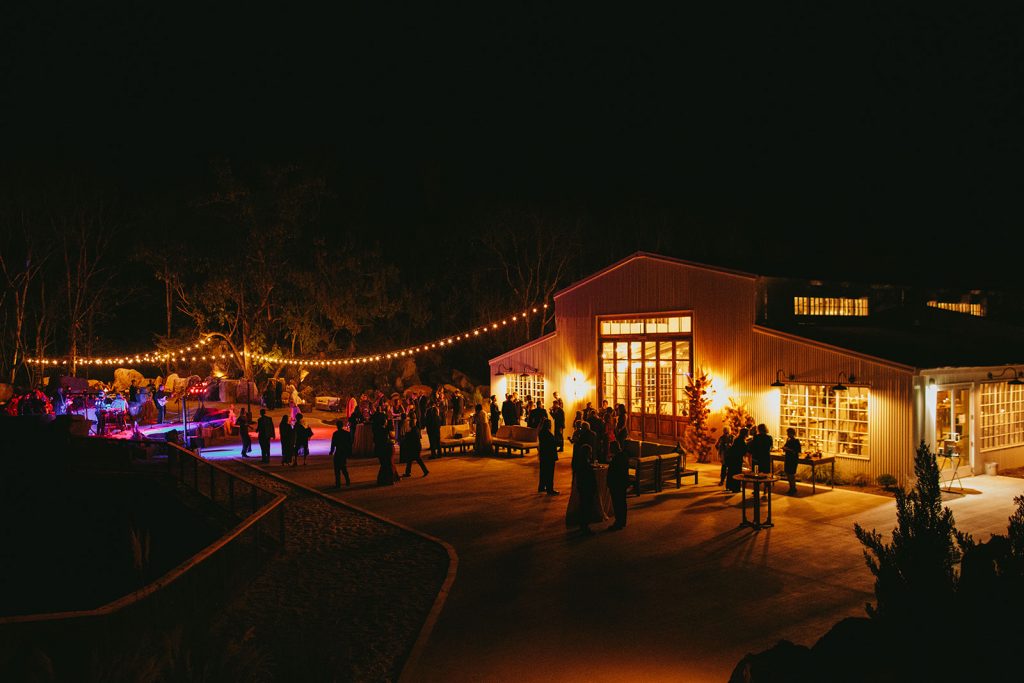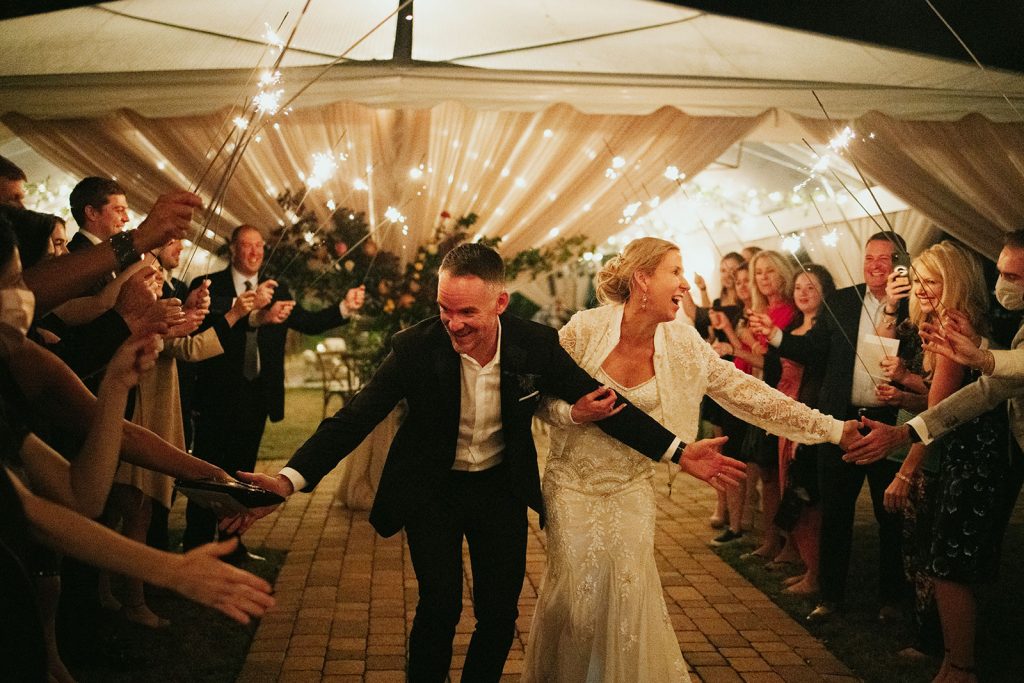I’m not usually an early adopter of most technology, but when Canon released the R5, I took note. Their first release of a mirrorless camera was disappointing. I heard the tones of the R were terrible, and it was not even close to comparable to the 5D Mark line. I didn’t want to switch to Sony because I didn’t like the skin tones. But, I was hoping to one day invest in cameras that were much lighter than my current setup. The R5/R6 had raving reviews, and I jumped in.
Before I go any farther, I want to clear the air that this article is not a “tech” article. I’m not the type of person to drool over specs. There are plenty of other reviews that go over the technical specifications. This will be written from more of a personal experience than anything else. I’ve received countless texts/DMs from other photographers about my experience with the camera, and I thought this breakdown could help those who are on the fence.
PROS
Weight
Mirrorless cameras are known for being significantly lighter than SLR cameras, and the R5 is no different. I also purchased the RF 35 lens, and it similarly was MUCH lighter than the L series 35 1.4, and it performed the same. I’m slowly investing in the RF lenses (spoiler: most are very expensive), but they help lighten the load significantly. I usually have wrist pain after a long wedding day, and I noticed that my body as a whole felt much better after switching to mirrorless. Not to mention, I can now bring my camera on personal trips without being weighed down!
Focusing
Focusing was the other big reason that I chose to make the switch. I’ve always back-button focused, but the R5 has given me reason to give some preference to their AF face recognition tool. It’s mind-blowing how accurate it is. Granted, if you have many faces in a room, it’s not as helpful. However, when you are working with only 1-2 subjects, it nails focus insanely well. Now, I bounce between autofocus and BBF, depending on the situation at hand.


ISO/Low light capabilities
The 5D Mark IV was pretty solid in low light, but the R5 blows it out of the water. The sensor is larger on the R5, so it can handle pushing dark exposures more than on the IV. With the Mark IV, I felt like 10,000 ISO was about as high as I could go without losing the image to a lot of grain. With the R5, there is hardly any grain at 8000-10,000 ISO! I found myself photographing a ceremony at 8000 ISO pushed a few stops with hardly any grain. I would try not to push my IVs past 5000-6400 for most big moments, so the R5 has expanded my capabilities quite a bit. The image at the very top was photographed at 6400 with very little grain. The first image above was taken at 10,000 ISO, and there isn’t any noticeable grain. The second image was pushed a few stops and was at 12800 with very little grain.
New lenses
I only have experience with the RF 35 1.8, but I can only report good things. The lens performs similarly to my 35 1.4 at much less weight and expense. I’ve researched the other RF lenses, and there seems to be unanimous agreement that they all are a step above the L series line. I have the 70-200 on backorder (mine was 12 years old, and it was time!), and my eyes are on the 50 1.2 next.
Tones
The tones on the R5 are similar to the Mark IV. At one point or another, I have owned the 5D, 5D Mark II, 5D Mark III, and 5D Mark IV. All are solid cameras, but the tones changed significantly between the II and III and IV. This is a huge reason why I never switched to Sony because the skin tones just couldn’t compare to Canon’s. I’m pleased that they’ve kept their tones consistent with their mirrorless line.
CONS
Overheating
I haven’t personally experienced this, as I don’t use my camera for video capabilities that often. However, it is a known issue that the R5 overheats when the video component is used for extended periods of time. This is a huge bummer for video pros, especially since the camera records in 8k!
I have noticed a handful of times that the R5 will freeze, and I will have to turn it off or remove the battery. I don’t know if this is a similar issue, but my Mark IV never had that problem. I shoot with two bodies, so if it happens, I have another camera beside me. But, it is a disappointing negative.
Expensive
The R5 is priced similarly to its SLR counterparts. However, when switching to mirrorless, it requires also switching from CF cards to CF Express cards. I easily spent 1K on memory cards alone, not to mention a new card reader. I also had to invest in the lens converter so that I could use my L series lenses with the mirrorless body. I had to purchase the new batteries too, which are expensive at $80ish a piece. You can use the same batteries from the Mark line, but they will not last nearly as long as the new batteries.
If you’re ready to switch, make sure you budget for these miscellaneous expenses. As I’ve touched on above, the RF lenses are very expensive. So, I think it will take most photographers quite a bit of time to convert their kits exclusively to the RF line.
If you are switching, I highly recommend MPB for selling old gear. I’m guilty of hoarding old gear for years, but the R5 finally pushed me to get rid of some gear that I never use anymore. I simply sent in the quality of my items that I wanted to sell, and I received a quote instantly. I mailed in my gear, and I received a check within a week. It was easy. (Thank you, Julia, for recommending them!).
Battery Life
The battery life is terrible compared to the Mark series camera bodies. This is mostly because the screen is ALWAYS on. I’ve researched the heck out of it, and it appears that this is a major flaw with the design. You can cover up the sensor to turn the screen off but then you cannot chimp without removing the cover.
With my Mark IVs, I found that I could usually get away with shooting consistently for six to seven hours on the same battery. With the R5’s new batteries, I can photograph for about four hours before having to switch.
Editing
I’ve used VSCO presets for years, and they discontinued servicing their products about a year ago. I knew that the day would come eventually when I would have to figure out my editing away from VSCO when I moved on from the Mark IV. It’s been quite a headache trying to navigate this, but it has just taken time to adjust. This transitional phase happens with every new camera because no camera matches tones identically. However, this has been a bigger adjustment because of VSCO.
Even with the cons, I feel like the R5 is 100% worth the investment if you’re primarily a still photographer.